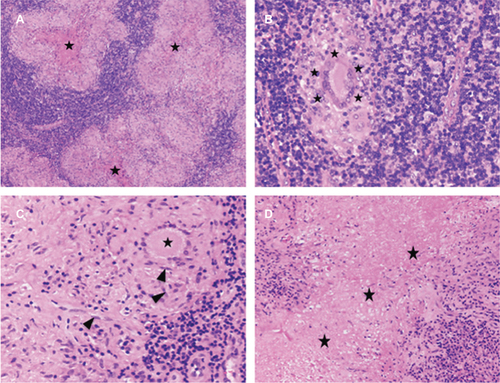Figures & data
Table 1 Clinical data of the patients with tuberculosis of the parotid nodes
Figure 1 The multiple tuberculous lesions of right parotid nodes are linearly arranged on sagittal CT image.
Abbreviation: CT, computed tomography.
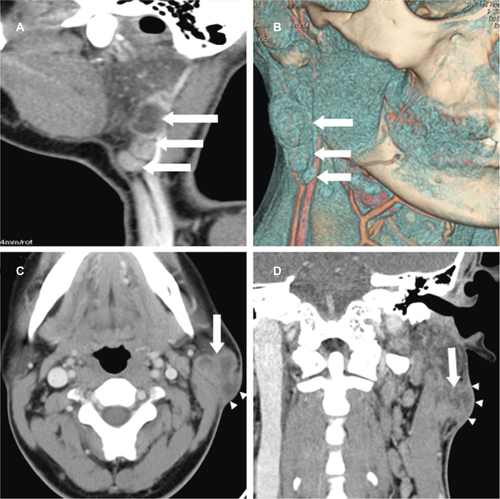
Figure 2 Homogenous enhancement.
Abbreviation: CT, computed tomography.
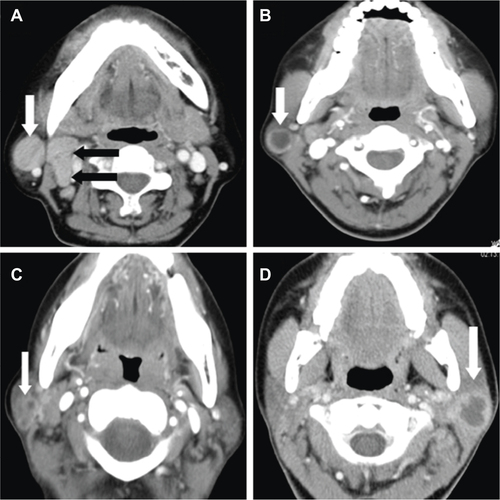
Table 2 Distribution of cervical lymphadenopathy (n=25)
Table 3 Magnetic resonance findings of patients with TB of the parotid nodes
Figure 3 Tuberculosis of the left parotid lymph node in a 19-year-old male.
Abbreviations: T1WI, T1-weighted image; T2WI-FS, T2-weighted image with fat saturation.
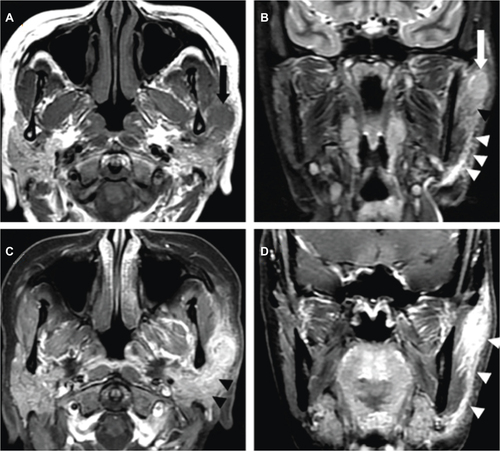
Figure 4 Tuberculosis of the right parotid lymph node in a 16-year-old male.
Abbreviations: T1WI, T1-weighted image; T2WI, T2-weighted image.
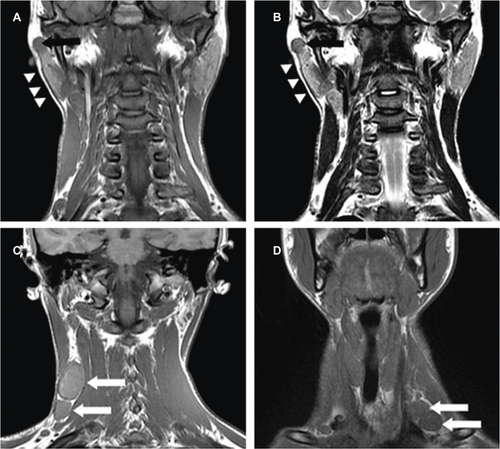
Figure 5 Tuberculosis of the right parotid lymph node in a 58-year-old female.
Abbreviations: T1WI, T1-weighted image; T2WI-FS, T2-weighted image with fat saturation; DWI, diffusion-weighted imaging; ADC, apparent diffusion coefficient.
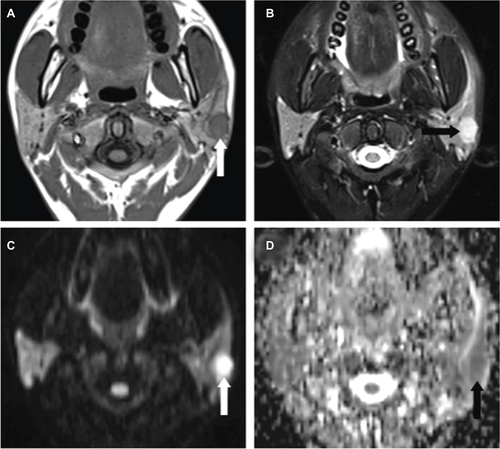
Figure 6 Histopathology of parotid nodes.
